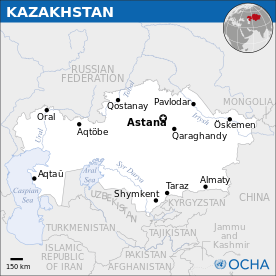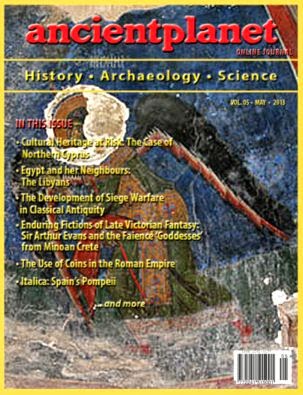Dhr. Seven, Amber Larson, CC Liu, and Crystal Quintero, Wisdom Quarterly (ANALYSIS of 2013 report from TANN/TengriNews.kz via Archaeology News Network/Facebook.com)
 |
| The golden Sage of the Shakya reclining into final nirvana (Chris&Annabel/Chngster/flickr) |
 |
The Saka [Scythians, Tajiks] were a pastoral-nomadic people like the Shakyans, who were agrarian warriors when Siddhartha lived among them. Below, Princess/Queen Tomyris defeats Cyrus the Great in battle. Gold and red Saka princess gear and head wear.
|
 |
| Sakas with Dragons artifact. Dragons or nagas were associated with royals (wiki) |
 |
| Gold feted bones of ancient Central Asian princess, a Saka, Scythian, possibly a Shakyan |
.
 |
| Formerly Buddhist nations of Central Asia |
KAZAKHSTAN, Central Asia - Kazakh archaeologists have discovered a tomb of a “Saka[n] princess,” reports the expedition head Timur Smagulov. The tomb was found during road maintenance in the district of
Urdzhar, East Kazakhstan Oblast.
The burial site of a high-ranking young woman was discovered during reconstruction of Taskesken-Bakty Road in Urdzhar.
An expedition team composed of professors and students from Semipalatinsk and Pavlodar Institutes discovered the
stone tomb-chest [a reliquary or urn like that containing "
The Buddha's Bones" found entombed in a burial mound] with remains of the young woman at the depth of 1.7 meters under a burial mound [possibly a
Buddhist stupa, which were reserved for royalty and saints,
chakravartins and
arhats].
 |
| The uncremated remains or ashes and bones of a ruler? (Ра-меси-су Мери-Амон) |
.
The artifacts found in at the burial site certify that the woman was from a distinguished tribe. According to archaeologists, golden head wear that looks like a
Kazakh Saukele (the national headgear of Kazakh women,
Saule being a common female name from prior to
Islamization) was the most valuable research item found.
“The pointed golden head wear with zoomorphic ornaments has the top that looks like the arrows and is decorated with a spiral made of golden wire and jewels. A similar head wear used to be part of the official costume of the Saka tribe chieftains. It is quite possible that the woman was a daughter of a king of Saka Tigrakhauda tribe,” Timur Smagulov explained.
 |
| Ukrainian hair queen (W) |
According to him, it is quite possible that young
Tomyris, who later became a
warrior-queen, used to wear similar head wear.
According to the expedition’s members, ceramic and wooden vessels, as well as bones of a sacrificial lamb, were also discovered in the tomb. Pieces of blue and green clothes still clung to the woman’s remains. Golden earrings and a stone altar were found next to her head.
“According to the preliminary information, the tomb of the 'Urdzhar princess' is dated 4th or 3rd century B.C.,” Smagulov said.
He also notes that a similar tomb was discovered under the Issyk
burial mound (called "
Golden Man"). [If there were an Aryan "invasion" from the north, which there likely was not, it may have been roaming nomadic Central Asians coming into ancient Indus River Valley Civilization and/or modern India.]
More (Tengri News, June 3, 2013)
Golden Man is a Woman 
(
Issyk Kurgan) Situated in Eastern
Scythia just north of
Sogdiana,
the
kurgan contained a skeleton, possibly that of a Scythian [
Shakyan] woman, warrior's equipment, and assorted
funerary goods, including
4,000 gold ornaments. Although the sex of the
skeleton is uncertain, it may have been an 18-year-old
Saka (
Scythian) prince or
princess. The richness of the burial items led the skeleton to be dubbed the
"Golden Man" or "
Golden Princess," with "Golden Man" subsequently
being adopted as one of the symbols of modern Kazakhstan. A likeness crowns the Independence Monument on the central square of
Almaty. Its depiction may also be found on the
Presidential Standard of
Nursultan Nazarbayev.
More
News
 |
| Egyptian
conservator cleans limestone at newly-discovered tomb circa 1100 B.C., Saqqara archaeological site, 30 kms (19
miles) south of Cairo (AP/Amr Nabil/ANN). |













































































































































































































































No comments:
Post a Comment